With a trail of terror spanning over four decades, Samuel Little left behind a gruesome legacy that would haunt the American psyche forever. Confessing to a staggering 93 murders, Little’s twisted tale of bloodlust and brutality has earned him the dubious distinction of being the most prolific serial killer in American history. Delve into the dark world of this notorious serial killer and uncover the shocking truth behind his heinous crimes.
Table of Contents
Samuel Little: The Monster Unmasked
Samuel Little’s early life was a breeding ground for the darkness that would take root within him. According to his accounts, his mother, Bessie Mae Little, was a sex worker who abandoned him shortly after his birth. Raised primarily by his grandmother in Lorain, Ohio, his childhood lacked stability and emotional support. He struggled in school, falling behind academically and exhibiting behavioral problems.
A troubling tendency towards petty theft emerged during this time, a foreshadowing of the monstrous path he would eventually tread. This lack of a positive parental figure and the emotional neglect he experienced in his formative years contributed to his development of a distorted sense of empathy and a capacity for violence.
Samuel Little’s First Prison Sentence: The 1961 Burglary Conviction
In 1961, at the age of 21, Samuel’s criminal path took a significant turn when he was convicted of burglary in Lorain, Ohio. The incident involved a break-in at a local furniture store as he was driven by a need for money and a growing disregard for the law, targeting the store, hoping to make off with valuable merchandise.
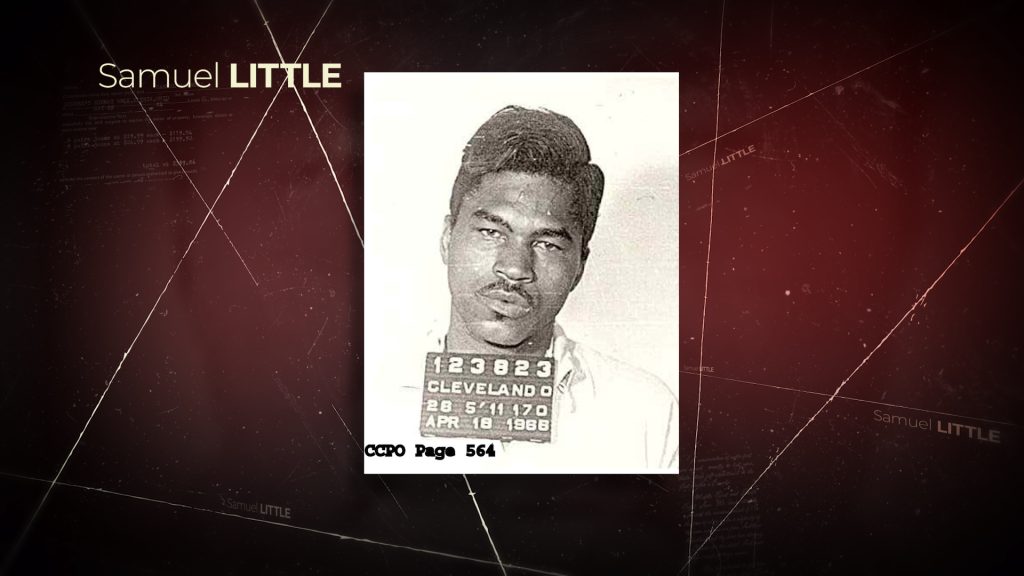
However, his plan went awry when he was caught in the act. The police were called, and Samuel was arrested and charged with burglary. He was subsequently found guilty and sentenced to three years in prison—a conviction marking a turning point in his life. It was his first taste of incarceration, a harsh reality that would shape his future in profound ways. While in prison, he honed his manipulative skills and learned to navigate the criminal justice system, further solidifying his path towards a life of crime.
Samuel Little victims were the owners of the furniture store and the community at large. The break-in caused financial loss for the business owners and disrupted the sense of security in the neighborhood. Although seemingly minor compared to his later crimes, this early offense foreshadowed the escalating violence and disregard for others that would characterize Samuel’s criminal career.
A Dark Turn: Samuel Little’s Early Adulthood and the Onset of His Crimes
Samuel’s early adulthood, which began in the late 1950s and early 1960s, was a period of instability and increasing criminal activity. He drifted from place to place, working odd jobs to make ends meet—never holding down a steady job for long, often resorting to petty theft and fraud to survive.
During this time, he also began to develop a disturbing pattern of violence against women. He was arrested numerous times for assault, attempted rape, and other offenses, spending time in jails and prisons across the country. Despite these arrests, Samuel’s crimes escalated, and he began to develop a taste for murder.
The first victim, an unidentified woman known only as “Mary Jo,” was discovered on January 13th in a dumpster behind a commercial building in South Los Angeles. Samuel had strangled her and discarded her body like refuse. She was not identified for years, becoming one of the many forgotten victims of his reign of terror. This act of violence marked a turning point in his life. He discovered a dark thrill in the act of taking another person’s life.
The second victim, Carol Alford, a 41-year-old mother of two, met a similar fate. Samuel lured her into his car and strangled her before dumping her body in an alleyway in downtown Los Angeles on July 13th. Carol’s body was discovered quickly, but the investigation yielded few leads, and the case went cold.
From that point forward, Samuel became a predator who specifically targeted marginalized women, those most vulnerable and easy to exploit. Sex workers, those struggling with addiction, and women already on the fringes of society became his prey. He approached them with empty promises of drugs, money, or companionship, luring them into his car where he would overpower them.
Samuel wasn’t just opportunistic; he was a calculated serial killer who understood the vulnerabilities of his chosen victims—their lack of resources, distrust of authority, and invisibility to mainstream society. He knew they were less likely to be reported missing, and even if they were, the investigations would likely be cursory at best. This social indifference allowed him to exploit these women and discard them with impunity.
Sam’s modus operandi was chillingly methodical. He would frequent places where vulnerable women gathered, such as bus stops, motels, and areas known for prostitution. He would strike up conversations with them, often portraying himself as a friendly and helpful stranger. He might offer them a ride, a place to stay, or a small amount of money in exchange for their company.
Once he had gained their trust, he would lure them into his car, driving them to secluded locations. Here, he would overpower them, sometimes using his physical strength, other times using restraints or surprise attacks. His preferred method of killing was strangulation, a method he believed was quick, quiet, and left minimal forensic evidence. After killing his victims, Samuel would dispose of their bodies in remote areas, often along highways or deserted roads. He took great care to conceal their bodies, hoping to avoid detection by law enforcement.
A Trail of Violence: Samuel Little’s Criminal Escalation from 1961 to 1984
The years between 1961 and 1984 marked a period of escalating violence and criminal activity for Samuel, a time when his predatory instincts took root and flourished. After his first prison sentence for burglary in 1961, he embarked on a nomadic lifestyle, drifting from city to city and state to state. He worked odd jobs, including as a cemetery worker and a hospital orderly, but his criminal behavior intensified.
1966: Samuel was arrested in Cleveland, Ohio, for assault and battery after brutally beating a woman. This marked a significant escalation in his violence, indicating a growing disregard for the well-being of others.
1970s and 1980s: He continued his nomadic lifestyle, crisscrossing the country and leaving a trail of victims in his wake. Mary Brosley, 33 years old, was found strangled in 1970 in Florida.
1982: Samuel was arrested in Pascagoula, Mississippi, and charged with the murder of Melinda LaPree, a 22-year-old woman who had been strangled to death. However, due to lack of evidence, the charges were dropped, allowing him to continue his killing spree.
The aftermath of Samuel’s crimes was devastating for the victims’ families and communities. Many of his victims remained unidentified for years, leaving their loved ones without closure. The lack of media attention and investigative resources devoted to cases involving marginalized women allowed Samuel to continue his reign of terror unchecked for decades.
Behind Bars: Samuel Little’s 1984 Incarceration for Assault
In 1984, Samuel was arrested again, this time in San Diego, California, for the assault and attempted murder of Laurie Barros. He was sentenced to two and a half years in prison, but his predatory behavior did not cease.
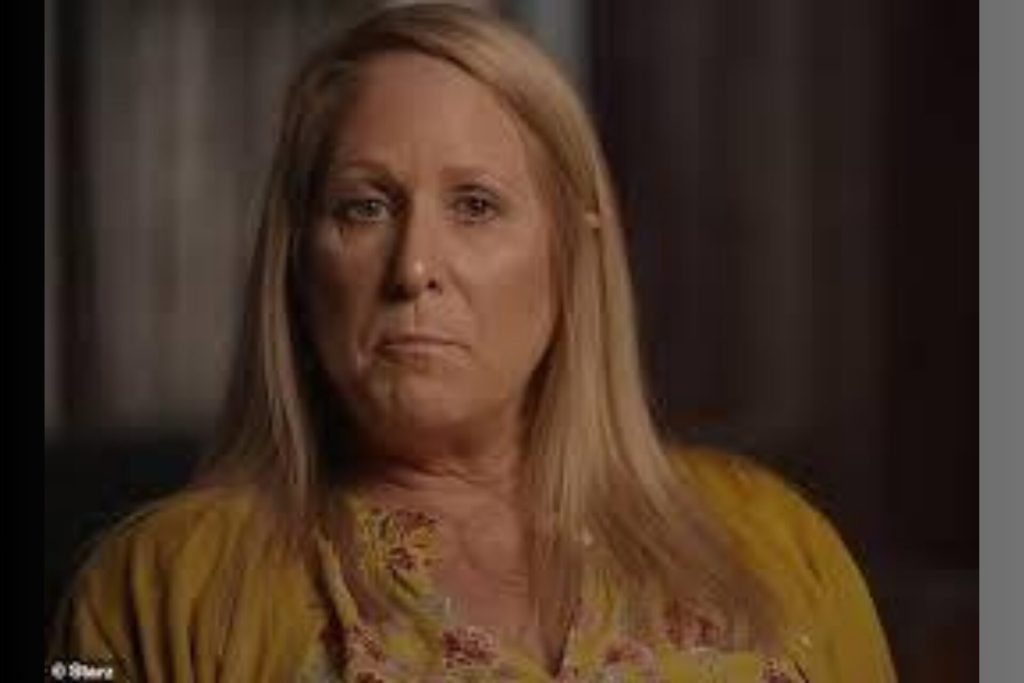
While incarcerated, his true nature as a predator remained hidden from authorities. He outwardly conformed to prison life, participating in programs and maintaining a relatively low profile. However, beneath the surface, his dark impulses continued to fester. He spent his time in prison honing his manipulative skills, studying his fellow inmates, and learning how to exploit vulnerabilities.
This period of incarceration provided him with a twisted education in the art of predation. He observed the power dynamics within the prison walls, learning how to exert control over others and exploit their weaknesses. He also refined his ability to charm and manipulate, skills he would later use to lure unsuspecting victims into his deadly grasp.
The 1984 incarceration, while intended to punish and rehabilitate, inadvertently was a missed opportunity to identify and address the deep-seated evil that lurked within Samuel, a failure that would have devastating consequences for countless innocent lives.
Upon his release in 1987, he wasted no time in resuming his murderous rampage as his time in prison had not reformed him; it had merely sharpened his predatory instincts and solidified his resolve to continue his reign of terror.
A Trail of Silent Victims: Samuel Little’s Deadly Odyssey
Between 1987 and 2012, Samuel continued drifting from state to state, often targeting marginalized women in cities like Los Angeles, Mississippi, Florida, Georgia, Kentucky, Louisiana, Ohio, and many others. He continued his pattern of luring women into his car with promises of drugs or money, then brutally assaulting and strangling them before discarding their bodies in secluded areas.
On July 13, 1987, 41-year-old Carol Alford, a mother of two struggling with addiction, crossed paths with Samuel in a South Los Angeles neighborhood. Samuel was known for his charm and persuasive demeanor, offering Carol a ride and the promise of drugs, a lure she couldn’t resist. He drove her to a secluded alleyway, where he brutally strangled her and left her body to be discovered the following day.
On August 14, 1989, Audrey Nelson, a 35-year-old woman living on the streets, encountered Samuel outside a liquor store in downtown Los Angeles. Using his familiar tactics, he offered her a ride and drugs, which she accepted. He then drove her to a deserted area where he strangled her to death. Her body was found in a dumpster behind a nearby clothing store, her death initially attributed to a drug overdose.
Just weeks after killing Audrey, Samuel targeted Guadalupe Apodaca, a 46-year-old mother of two. Guadalupe was known to frequent local bars, meeting Samuel at one such establishment on September 3, 1989. Again, using the promise of drugs, he lured Guadalupe into his car and strangled her, dumping her body in an abandoned garage where it was discovered by a young boy.
Some of his other victims during this time include:
• Rosie Hill (1987): Found strangled in Marion County, Florida.
• Melissa Thomas (1996): Discovered dead in Opelousas, Louisiana.
• Tonya Jackson (1997): Found deceased in Richland County, South Carolina.
• Nancy Carol Stevens (2005): The last known victim, found strangled in Tupelo, Mississippi.
Communication and information sharing between law enforcement agencies across different states were limited at the time, hindering the connection of his crimes. This lack of coordination allowed Samuel to continue his killing spree for decades, leaving behind a trail of broken lives and grieving families.
DNA Match Unravels Samuel Little’s Dark Past: The Arrest That Exposed a Prolific Serial Killer
In 2012, Samuel Little was arrested in Louisville, Kentucky on a drug charge. During his arrest and subsequent investigation, detectives discovered DNA evidence linking him to three unsolved murders in Los Angeles County, California, dating back to the 1980s.
This crucial DNA match sparked a deeper investigation into his past. Detectives soon realized that he had a long criminal history spanning multiple states, including numerous arrests for violence against women. This revelation, coupled with his nomadic lifestyle and the similarities between the Los Angeles murders and other unsolved cases across the country, raised red flags for investigators.
Further investigation revealed a pattern of violence and a modus operandi that linked Samuel to dozens of unsolved murders. As detectives began to interview him, he surprisingly began to confess to his crimes in detail, ultimately admitting to killing 93 people over a span of several decades.
It was the combination of the DNA match in the Los Angeles cases, his extensive criminal history, the similarities between unsolved murders across the country, and his own voluntary confessions that ultimately led to the full investigation of Samuel Little as a serial killer.
The Final Chapter: The Death of Samuel Little in 2020
On December 30, 2020, Samuel, the most prolific serial killer in American history, died at the age of 80, serving a life sentence at the California State Prison, Los Angeles County, for his numerous crimes.
Samuel black serial killer’s death brought an end to a life filled with unspeakable violence and suffering. He had spent his final years behind bars, his health deteriorating due to a combination of chronic ailments, including diabetes and heart disease.
His passing was met with mixed reactions. For the families of his victims, it offered a sense of closure and finality, knowing that the man who had caused them so much pain was no longer alive. Yet, for others, it was a stark reminder of the countless lives lost and the unanswered questions that remained.
His death also sparked a renewed interest in his case, prompting law enforcement agencies across the country to re-examine cold cases and search for potential links to his confessions. His death did not erase the pain and suffering he inflicted, but it did mark the end of a dark chapter in American history.
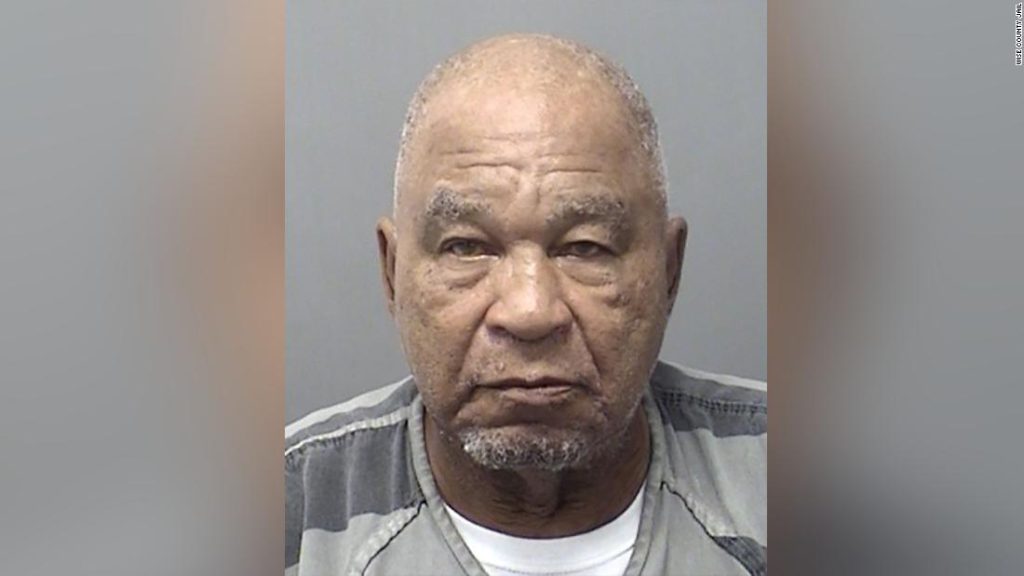
In the aftermath of his death, some questioned whether his passing was a fitting end for a man who had caused so much harm. Some argued that he should have faced the death penalty for his crimes, while others believed that his life sentence was a more appropriate punishment, allowing him to reflect on the gravity of his actions. Regardless of one’s perspective, Samuel’s death closed the book on a life filled with violence and tragedy.
Similar “Serial Killer” Crime Stories
- Richard Chase: The Vampire of Sacramento
- Ted Bundy: The Charismatic Serial Killer Who Terrorized America
- Richard Speck: The Chicago Mass Nurse Killer
- Cleveland Torso Murderer: Infamous Serial Killer
Dark Legacy of Sam Little
Samuel Little left behind a legacy of violence and a stark reminder of the importance of addressing the systemic issues that contribute to the victimization of marginalized individuals. His case highlights the need for improved communication and collaboration among law enforcement agencies, as well as increased resources for investigating crimes against vulnerable populations.
Samuel Little Documentary
Several documentaries have been produced exploring the crimes and life of Samuel Little, the prolific serial killer who confessed to murdering 93 people. These documentaries aim to shed light on his crimes, the investigation that brought him to justice, and the impact his actions had on the victims and their families. Some of the prominent documentaries on Samuel Little include:
- The 93 Victims of Samuel Little: This four-part series delves into Little’s confessions, the painstaking efforts of investigators to verify his claims, and the heartbreaking stories of the victims he targeted.
- Catching a Serial Killer: Sam Little: This documentary focuses on the Texas Ranger James Holland’s interviews with Little, which led to the unraveling of his decades-long killing spree.
- Confronting a Serial Killer: While not solely focused on Little, this docuseries features interviews with him conducted by Jillian Lauren, who sought to understand his motivations and the extent of his crimes.
These documentaries provide valuable insights into the disturbing case of Samuel Little. They highlight the importance of thorough investigations, even in cases involving marginalized victims, and underscore the devastating consequences of serial murder.
Watch “The 93 Victims of Samuel Little”
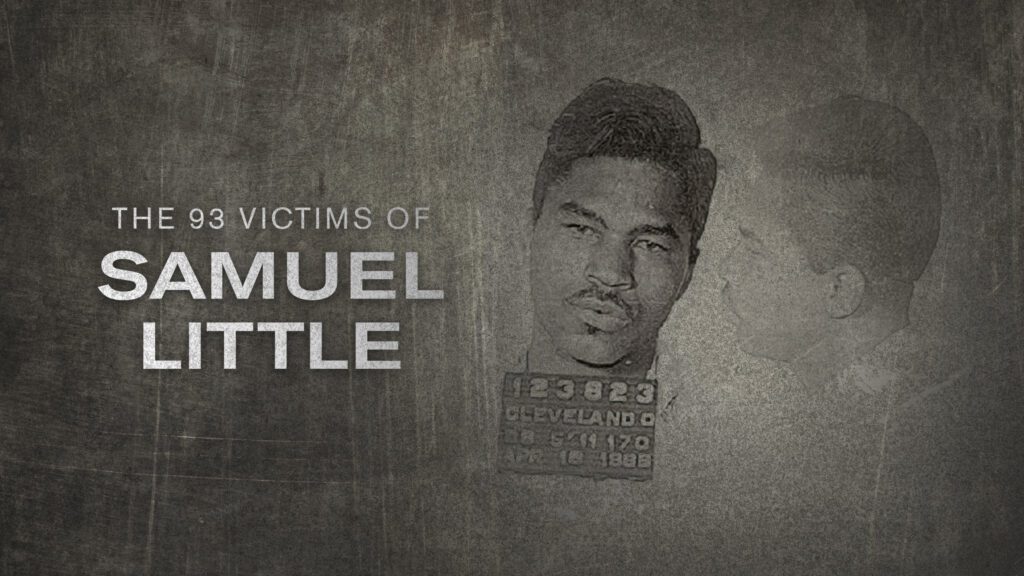
This four-hour documentary series delves into the crimes of Samuel Little, America’s most prolific serial killer.
Read “Samuel Little A Forty Year Murder Spree A True Crime Story”
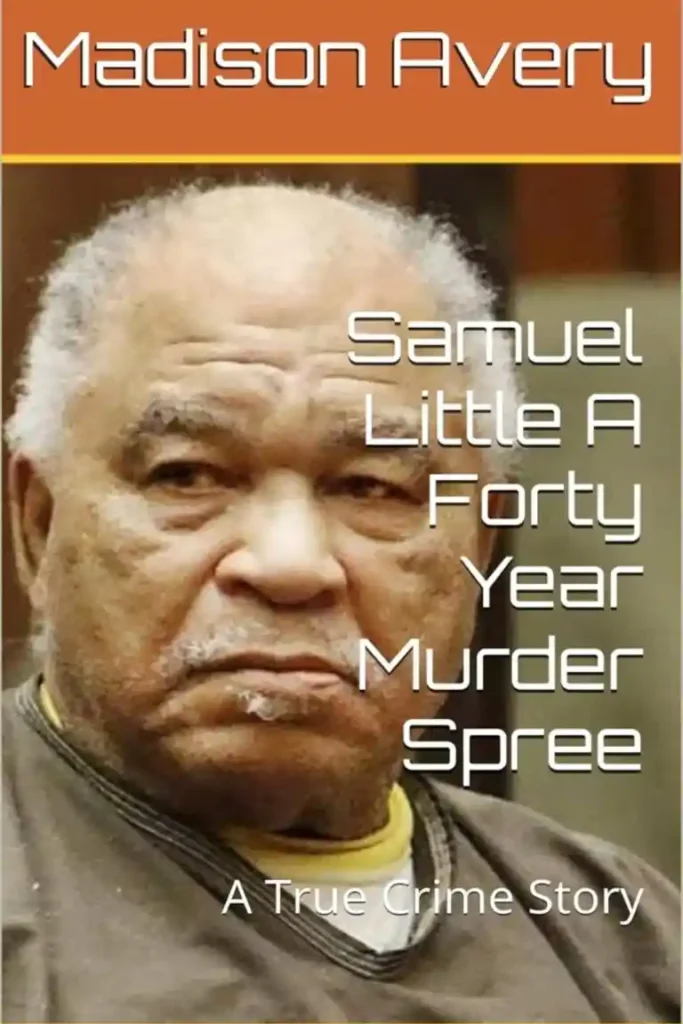
Madison Avery’s “Samuel Little: A Forty Year Murder Spree” is a gripping account of the serial killer’s four-decade reign of terror, delving into his chilling psychology, early life, escalating crimes, and the factors that allowed him to evade capture for so long.
Read ” Behold the Monster: Confronting America’s Most Prolific Serial Killer”
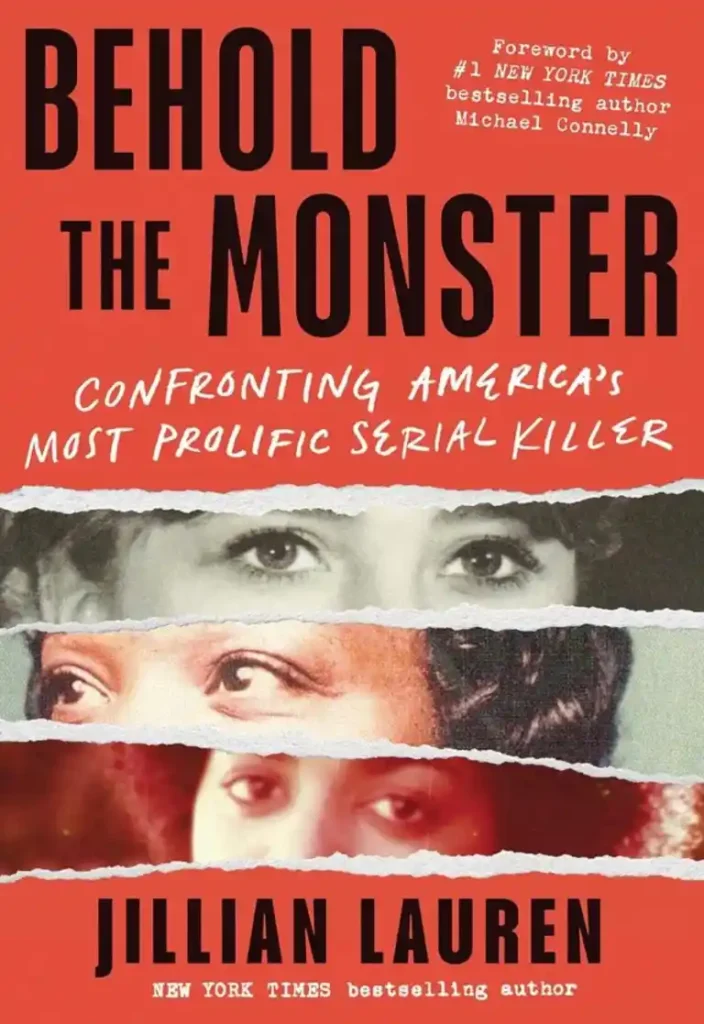
This book offers a deep dive into Samuel Little’s life, crimes, and the investigation that led to his capture. Author Jillian Lauren had unique access to Little, conducting extensive interviews and uncovering disturbing details about his motivations and methods. It is a harrowing but important read that sheds light on the dark world of a serial killer and the failures of the justice system that allowed him to operate for so long.
FAQs
What was Samuel Little’s method of killing?
Little targeted vulnerable women, often strangling them to death. He chose victims he believed would not be missed, such as sex workers or those struggling with addiction.
Is Samuel Little still alive?
No, Samuel Little died on December 30, 2020, at the age of 80, while serving a life sentence in California.
Did Samuel Little show any remorse for his crimes?
Samuel Little did not show remorse for his crimes. In fact, he often spoke about his murders with a sense of pride, recounting them in detail during his confessions.
Who was worst serial killer in US history?
Samuel Little is considered the worst, with 93 confessed murders, making him the most prolific serial killer in U.S. history.